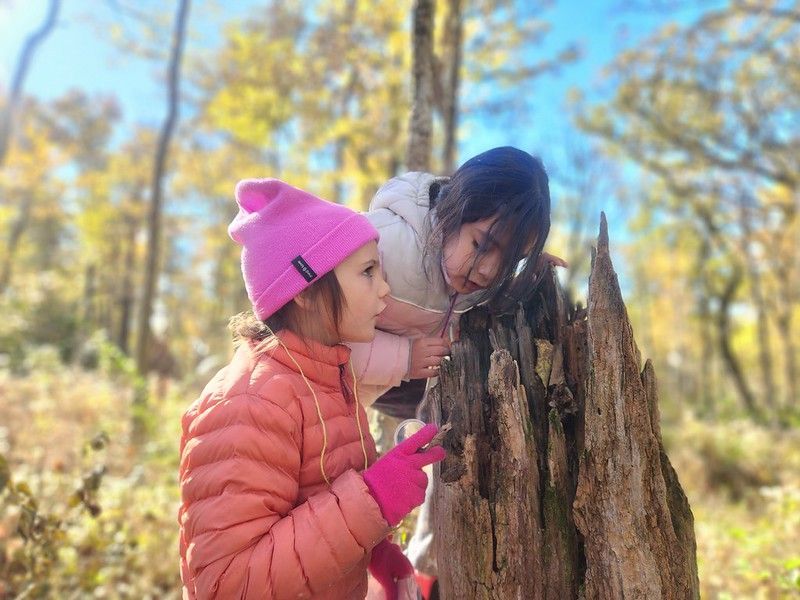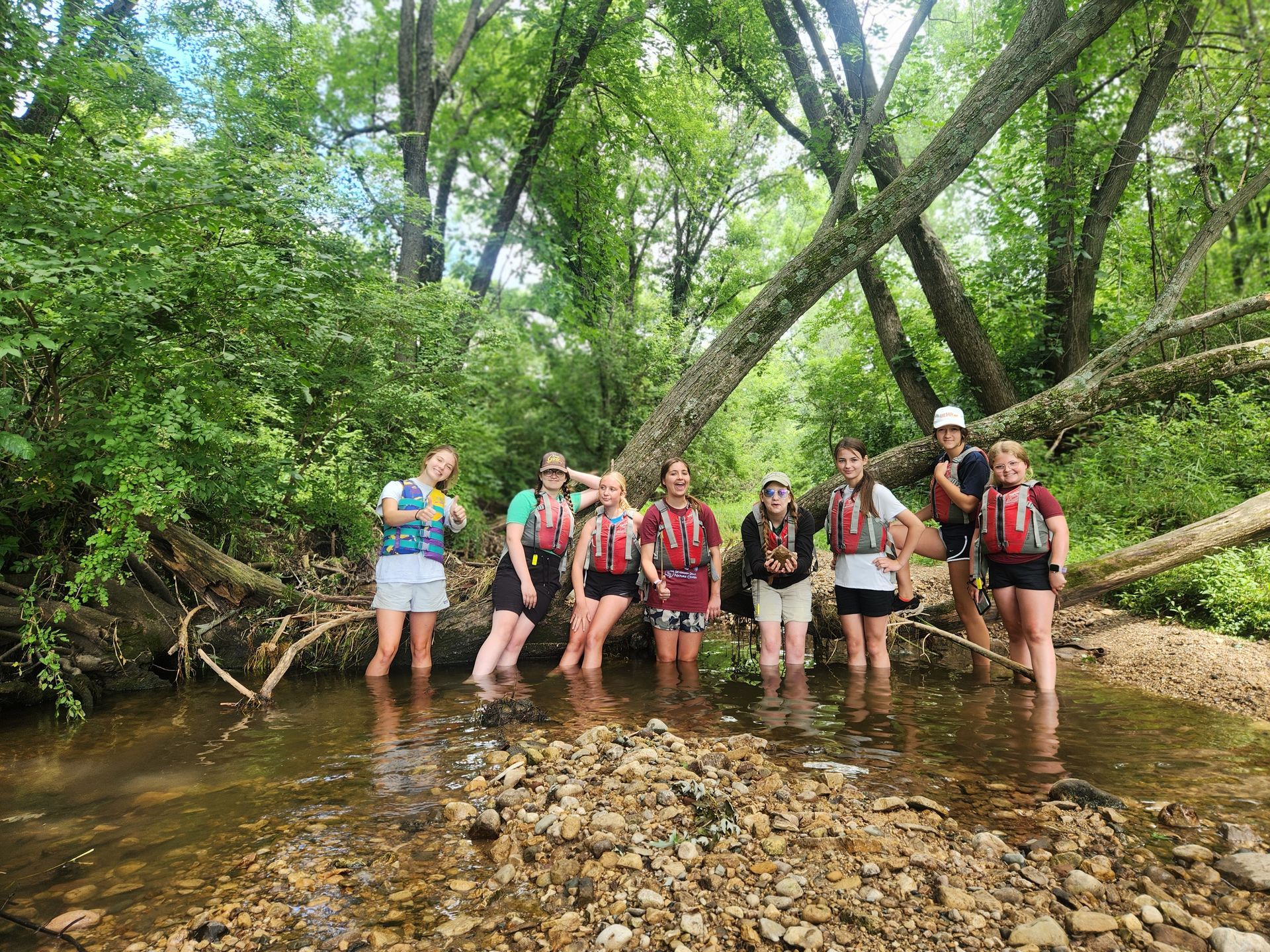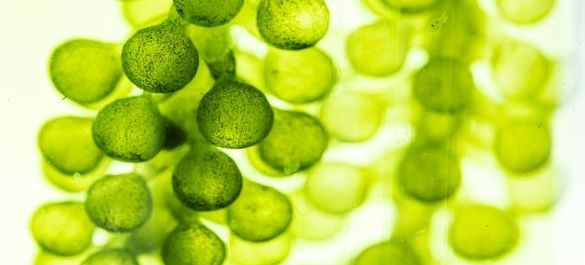FIELD NOTES BLOG
The Surprising Health Benefits of Time Spent in the Forest
There is a quote by Franz Kafka that has always resonated deeply with me where he states “I don't feel particularly proud of myself. But when I walk alone in the woods or lie in the meadows, all is well.” This sentiment encapsulates a profound connection that I’ve felt with nature throughout my life, a connection that has guided many of my choices and shaped the path I’ve walked. My first experience of this solace came during a childhood trip deep into the wilderness of Quetico, Canada. At just 9 or 10 years old, I spent a few weeks camping among ancient trees and pristine lakes, feeling a sense of peace that I couldn’t fully articulate at the time—a quiet tranquility that only the forest could offer. As I’ve grown older and spent more time in the wilderness, this feeling has become more than just a fleeting moment of mindfulness. It has become a central aspect of my well-being, something I actively seek out. The forest, I’ve found, offers a kind of therapy that every day life often lacks. It transforms my mental space, and after periods of time spent in the wilderness, I come back and find myself changed. This connection to the natural world has driven my curiosity to understand the science behind why time spent in nature, particularly in forests, has such a profound impact on mental and physical health.
For centuries, people have sought comfort and renewal in nature. However, the practice known as "forest bathing"—or Shinrin-yoku—is a relatively recent concept, emerging in Japan in the 1980s as a response to the mounting stress and physical strain caused by the technological revolution. Unlike simply spending time outdoors, forest bathing is a mindfulness practice that involves a deliberate, immersive experience with the sights, sounds, and scents of the forest. While it may initially seem like new-age fluff, the benefits are not just anecdotal—they are supported by a growing body of scientific research that underscores the transformative power of nature on the human body and mind.
Research over the past few decades has demonstrated that forest bathing offers a wide range of health benefits, from boosting the immune system and lowering blood pressure, to helping with depression. It can reduce stress hormones like cortisol and adrenaline, helping to calm the body's fight-or-flight response. If those effects aren’t compelling enough, studies also indicate that forest bathing enhances human natural killer activity and the expression of anti-cancer proteins thanks to the inhalation of phytoncides—chemicals released by trees . In one study, a group of 12 men aged 37-55 spent three days practicing forest bathing in various forests. The results showed a remarkable 50 percent increase in natural killer cells—known for their ability to target tumor cells—as well as a rise in anti-cancer proteins like perforin, granzymes, and granulysin. These findings suggest that forest bathing could potentially have cancer-preventive effects through its immune-boosting properties, though further research is needed to fully understand this phenomenon.
The idea that forests can heal, however, is intuitive when you consider our evolutionary history. In the study of ecology we know that species are best adapted to the environments in which they have evolved. The
fossil record shows that early humans, in various forms, have existed for approximately 2-6 million years, and for nearly all of that time, we thrived in close connection with nature. We evolved in forests, savannas, and along riverbanks, where our physiological and psychological systems were finely tuned to the rhythms of the natural world. It's only in the last few centuries that we’ve moved away from these natural settings into urban environments. The modern urban landscape—characterized by concrete, noise, and artificial lighting—is a relatively recent development that has rapidly evolved in contrast to our biological evolution, which is an incredibly slow process that requires thousands of years to take place. Physiological anthropology suggests that our physical and mental health is deeply intertwined with the environments we inhabit, and our bodies and minds, still hardwired for the natural world, can struggle to adapt to the sensory overload and isolation from nature that often accompanies modern life. In natural settings, such as forests, our bodies respond positively to the stimuli that align with our evolutionary past—the sun rise and set, the scent of trees, the sound of moving water or singing birds, and the visual complexity of natural landscapes. These elements trigger a relaxation response, lowering stress hormones, and enhancing immune function. More urban environments, with their lack of natural stimuli, often fail to provide the same benefits, and can actually disrupt our bodies most basic systems, such as our circadian rhythm and sympathetic nervous system
Forest bathing, then, can be seen as a way to reconnect with the environment we are biologically suited for. It allows us to reset our overstimulated systems and tap into the natural healing processes that have been part of our species’ survival for millennia. By immersing ourselves in the forest atmosphere, we are not just indulging in a pleasant experience—we are realigning ourselves with the conditions that our bodies and minds were designed to thrive in. As we continue to understand the science behind forest bathing, it is becoming increasingly clear that this practice is not just beneficial, but essential in a world where natural environments are becoming more scarce. It is a reminder that, despite the advances of modern society, our roots still lie deep within the natural environment.
The best part? Forest bathing is accessible to everyone—it can be practiced anytime, anywhere, and it doesn’t cost a thing. Here’s how to get started:
First, find a quiet spot surrounded by trees. The forest at Severson Dells is an excellent choice, but if you don’t have access to a forest, a park or even your backyard can offer a similar experience. A 2022 study published in the International Journal of Environmental Research and Public Health found that walking in a forest had a more significant impact on cardiovascular function than walking in an urban park—though both environments can help reduce stress levels.
Next, set aside some time. For the best results, researchers suggest spending 2-6 hours in the woods. If you’re pressed for time, don’t worry—even shorter intervals offer benefits. A
2019 study published in the International Journal of Environmental Research and Public Health showed that just 15 minutes of walking in the woods can reduce stress and anxiety.
As you begin, find a comfortable pace. Forest bathing isn’t about exercise, so move or sit in a way that feels natural and relaxing. Focus on slowing your breathing and heart rate. If you push yourself too hard, your body may produce more stress hormones like adrenaline and cortisol—the very ones that forest bathing is meant to lower.
Practice mindfulness and take in surroundings. Take slow, deep breaths and inhale the scent of the surrounding trees. Make note of the sounds you're hearing and the sights you're seeing. Make forest bathing a regular practice, and over time, you’ll feel the lasting benefits of spending mindful time in nature.
References:
Letters to Family, Friends, and Editors by Franz Kafka
"Feeling Grumpy and Stressed? Try Taking a Forest Bath" by NPR's LifeKit Podcast
"A day trip to a forest park increases human natural killer activity and the expression of anti-cancer proteins in male subjects" - Peer reviewed study by Qing Li et al. published in the National Library of Medicine
"Effects of forest bathing on pre-hypertensive and hypertensive adults: a review of the literature" - Peer reviewed study by Katherine Ka-Yin Yau and Alice Yuen Loke published in the National Library of Medicine
"Effects of forest environment (Shinrin-yoku/Forest bathing) on health promotion and disease prevention -the Establishment of 'Forest Medicine'" - Peer reviewed study by Qing Li published in the National Library of Medicine
"Forest bathing enhances human natural killer activity and expression of anti-cancer proteins" - Peer reviewed study by Qing Li et al. published in the National Library of Medicine
Introduction to Human Evolution by the Smithsonian National Museum of Natural History
"Forest Bathing Is Better than Walking in Urban Park: Comparison of Cardiac and Vascular Function between Urban and Forest Parks" - Peer reviewed Study by Tsung-Ming Tsao et al. published in the International Journal of Environmental Research and Public Health
"Effects of Walking in a Forest on Young Women" - Peer reviewed study by Chorong Song et al. published in the International Journal of Environmental Research and Public Health

RECENT ARTICLES































